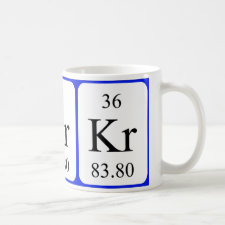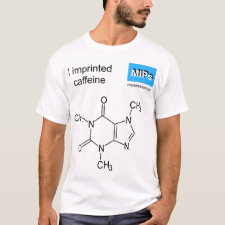
Authors: Xi WJ, Volkert AA, Boller MC, Haes AJ
Article Title: Vibrational Frequency Shifts for Monitoring Noncovalent Interactions between Molecular Imprinted Polymers and Analgesics.
Publication date: 2018
Journal: The Journal of Physical Chemistry C
Volume: 122
Issue: (40)
Page numbers: 23068-23077.
DOI: 10.1021/acs.jpcc.8b07771
Abstract: The inherent sensitivity of molecular vibrational frequencies to their local chemical environment allows for the investigation of how small molecules interact within engineered cavities in molecular imprinted polymers (MIPs). These interactions arise via weak yet collective intermolecular interaction between the polymer and small molecule. Herein, intermolecular interactions between methacrylic acid-based MIPs and acetaminophen, aspirin, and caffeine are evaluated using shifts in the vibrational frequencies and changes in bandwidths of Raman-active modes. Recognition between these materials is measured experimentally and compared to modeled binding energies. Upon evaluation of Raman signals for the analgesics, intermolecular interactions such as hydrogen bonding and other weak interactions between the molecules and polymer backbone are quantified. Finally, dissociation constants and imprinting efficiencies are estimated for selectivity evaluation. This exploitation of the sensitivity of Raman-active vibrational band frequencies to collective intermolecular interactions for binding studies could facilitate the development and assessment of MIPs for small molecule recognition
Template and target information: acetaminophen, paracetamol, aspirin, caffeine



Join the Society for Molecular Imprinting

New items RSS feed
Sign-up for e-mail updates:
Choose between receiving an occasional newsletter or more frequent e-mail alerts.
Click here to go to the sign-up page.
Is your name elemental or peptidic? Enter your name and find out by clicking either of the buttons below!
Other products you may like:
 MIPdatabase
MIPdatabase









